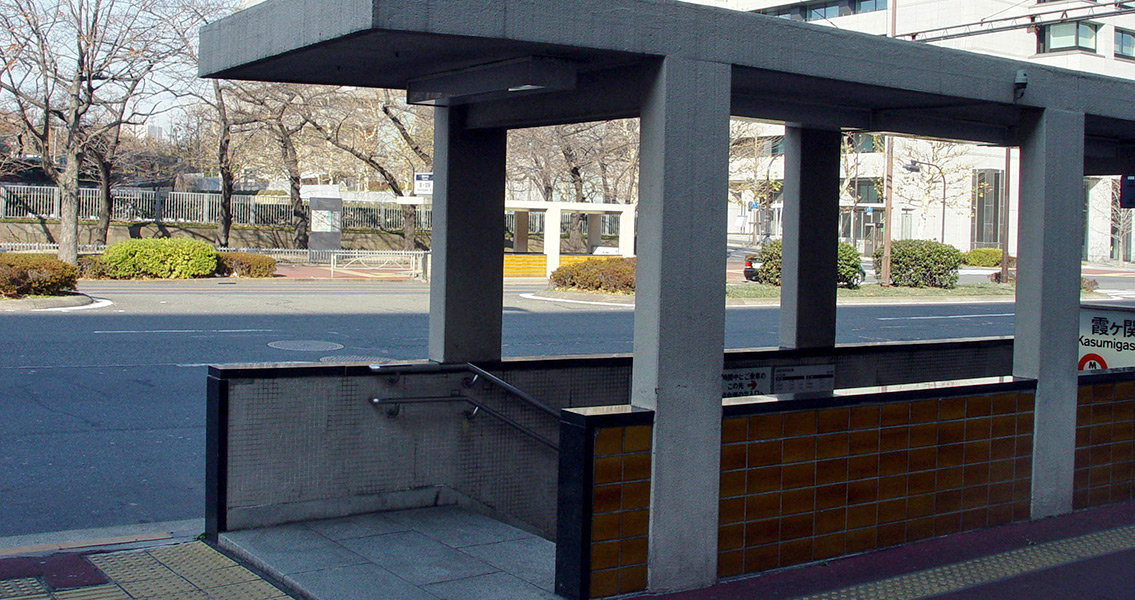<![CDATA[The 20th March marks twenty years since the terrifying sarin attacks on the Tokyo underground network. The deadly incident resulted in thirteen deaths and over 5,000 injuries of varying severity. In the aftermath, a nationwide manhunt was launched to hunt down the perpetrators. During the peak of the morning rush hour, on one of the busiest underground networks in the world, five packages of deadly sarin were opened into the tightly packed trains. Sarin was developed by Nazi scientists in 1930s Germany. It is said to be 500 times more toxic than cyanide gas. Each package of sarin was handled by a two man team of terrorists. The packages were carried on separate trains heading towards Tokyo's city centre. As the trains reached Kasumigaseki station the packages were opened, releasing the toxic fumes into the air. The terrorists each took a sarin antidote, and escaped as the chaos of the attack unfurled. Sarin is a complex and volatile chemical to create, but one which could be 'made at home' by a trained chemist, as all of its components are available to the public. The greatest obstacle to the terrorists was the transportation of such a volatile and deadly substance. Rather than move it in its gas form, the terrorists carried it as a liquid solution in sealed containers. Fortunately, this reduced the scale of the tragedy, the fumes from liquid sarin are much less deadly than its pure gas form. AUM Shinrikyo (New Truth) were soon identified as responsible for the attack. The cult had emerged in 1987 from a dissatisfaction with traditional Japanese Buddhism. Its founder Shoko Asahara based the religion around the teachings of Tibetan and Theravada Buddhists, and later, the apocalyptic ideas of Christianity. Along with advocating a path to spiritual enlightenment which could be achieved in the material world, Shoko Asahara also taught a series of doomsday prophecies he had concerning the future of Japan. With this in mind, AUM Shinrikyo was organised on the assumption that it would ultimately replace the Japanese government. At the time of the attack, the cult boasted thousands of members in Japan as well as abroad. The organisation had become increasingly militant, stockpiling weapons and chemicals, in the belief that Japan had entered a Third World War. This militarisation of the cult was greatly aided by the massive riches AUM Shinrikyo had accumulated, which amounted to billions of dollars as a result of members having to give up all their possessions and wealth. After the 20th March 1995, Japanese authorities searched AUM Shinrikyo compounds across the country in an attempt to find the leaders responsible for the attack. A raid at a base near Mt. Fuji unearthed the stores of chemicals used to manufacturer the sarin. A hidden basement hiding several of the organisations leaders was also found in the Mt. Fuji base, but Shoko Asahara remained at large, and further gas attacks were launched on the Japanese subway, gripping Japan in a wave of fear and unease. Shoko Asahara was eventually arrested on May 16th 1995. Interrogation of the members of the cult revealed its involvement in a host of terrorist crimes in Japan in the years prior to the gas attack. Several of the leaders have since been sentenced to death or extended prison sentences, and the cult was stripped of its tax status and legal privileges. Nevertheless, in the year 2000 it split into two smaller sects both of which continue to operate now, although with significantly reduced memberships. Twenty years on, Asahara Shoko still sits on death row in Japan, with various legal disputes continuing over his guilt, sanity and accountability. For Japan, and the world in general, the 20th March marks the sombre anniversary of one of the most terrifying events in recent history. ]]>
20 Years Since the Tokyo Sarin Attack
